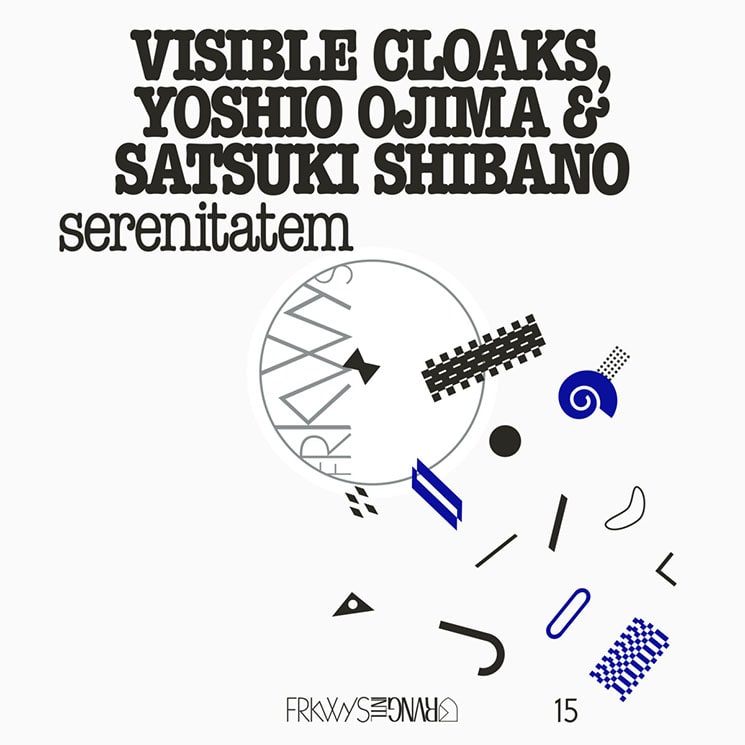In addition to releasing LPs by some terrific acts, RVNG Intl. are known for their serialized albums series, including Beats in Space and RVNG of the NRDS. But it's their FRKWYS releases — which finds contemporary artists teaming up with a musician or band who has acted as an influence — that comes off as the Brooklyn label's most celebrated and well-known works.
Volume 15 of the series, subtitled serenitatem, finds Portland, OR ambient electronic duo Visible Cloaks teaming up with Japanese avant-garde composers Yoshio Ojima and Satsuki Shibano to craft nine pieces that come off even more inventive than the present company suggests.
Although all four musicians have been known for their musical techniques (Ojima and Shibano were involved with the satellite radio experiment St. Giga, while Visible Cloaks have been known to utilize generative software), it's no surprise that serenitatem relies on a specific set of writing patterns to create its otherworldly aura.
No two tracks sound alike, as "Toi" works off of atonal sound bites and sustained notes, while "Lapis Lazuli" uses a floating background of New Age synths to accompany Shibano's whispered spoken word, and "Cazona per Sonare No.4" ends the album with an earnest piano ballad. serenitatem is an achievement not just for the way these songs were created, but for the humanity and emotion they seem to pull from these structures and techniques.
(RVNG Intl.)Volume 15 of the series, subtitled serenitatem, finds Portland, OR ambient electronic duo Visible Cloaks teaming up with Japanese avant-garde composers Yoshio Ojima and Satsuki Shibano to craft nine pieces that come off even more inventive than the present company suggests.
Although all four musicians have been known for their musical techniques (Ojima and Shibano were involved with the satellite radio experiment St. Giga, while Visible Cloaks have been known to utilize generative software), it's no surprise that serenitatem relies on a specific set of writing patterns to create its otherworldly aura.
No two tracks sound alike, as "Toi" works off of atonal sound bites and sustained notes, while "Lapis Lazuli" uses a floating background of New Age synths to accompany Shibano's whispered spoken word, and "Cazona per Sonare No.4" ends the album with an earnest piano ballad. serenitatem is an achievement not just for the way these songs were created, but for the humanity and emotion they seem to pull from these structures and techniques.
